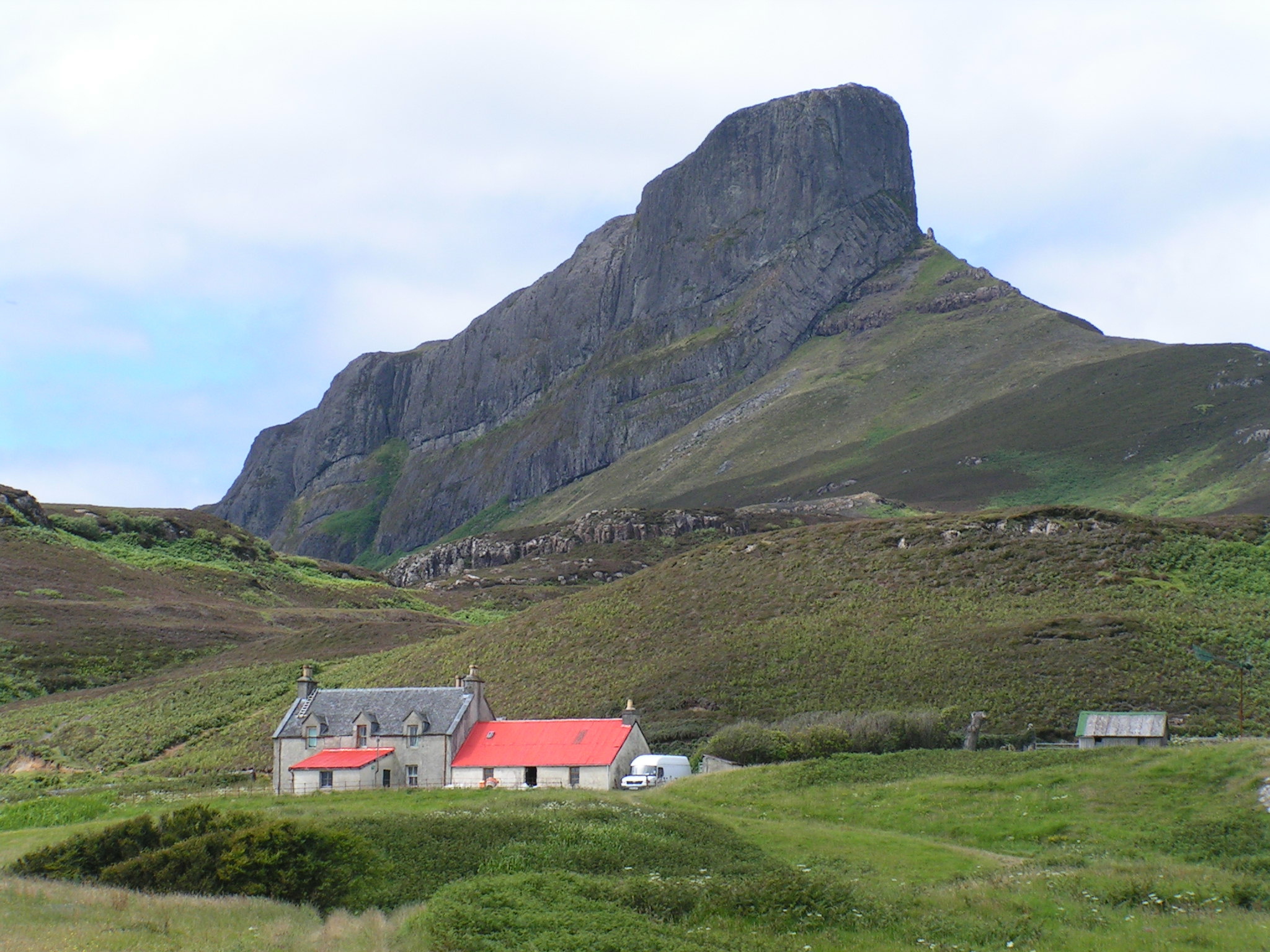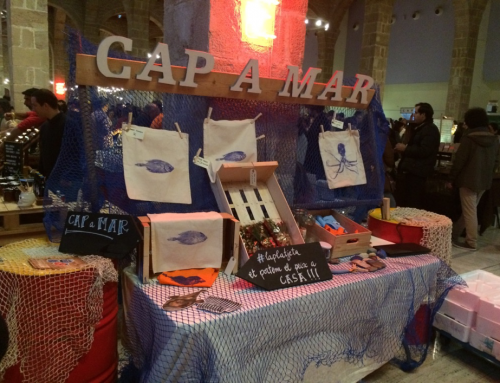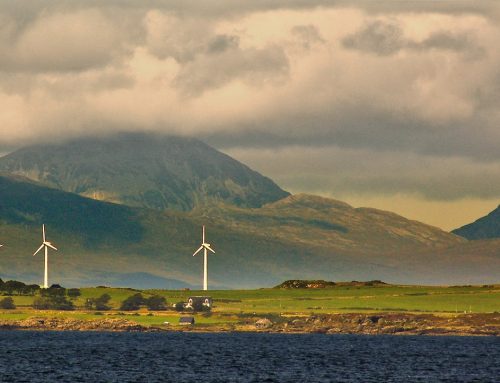How can people organise to gain control of the place in which they live?
The Scottish Ilse of Eigg replaced its historic semi-feudal system of land ownership, in which residents were tenants of an absentee laird (a large landowner) with a new model community based ownership.
Eigg is one of the Scottish Inner Hebrides. In 1997, the island was bought from its absentee landlord for £1.5m, raised from residents and thousands of non-residents. Many people in Scotland live on land owned by large landowners. Scotland has highly unequal landownership, where over 50% of the land is owned by just 500 individuals. The Gigha purchase was enabled by new Scottish laws which have aimed to produce a more equitable ownership of Scotland.
The island is owned by the Isle of Eigg Heritage Trust, a partnership between the residents of Eigg, Scotland’s government’s Highland Council, and the Scottish Wildlife Trust, a Scottish NGO. Since then the population has grown from about 60 to about 90. Many of the new residents are young people who have returned to the island or who have moved to start new businesses.
[vimeo 184345452 w=640 h=360]
A Common Right ~ Isle of Eigg ~ Scotland-HD from Community Land Scotland on Vimeo.
Isle of Eigg Heritage Trust aims to be the island’s guardian. It defines this as providing and creating opportunity for the development of the island’s economy, housing and infrastructure, while enhancing stewardship of the Island’s natural and cultural heritage. The Isle of Eigg Heritage Trust has set up three subsidiary companies to focus on different tasks: Eigg Trading Limited, Eigg Construction Limited & Eigg Electric Ltd.
A major project of the trust was the creation of a community electricity network powered by renewable power. Eigg Electric Ltd was formed to operate this network, which was established by grants from the UK’s National Lottery and the Highlands and Islands Community Energy Company.
Prior to community ownership, individual houses privately produced their power using a variety of methods. Since 2008, Eigg generates almost all of its electricity using renewable energy. It claims to have the first completely wind, water and sun-powered electricity grid in the world. Energy is drawn primarily from four wind turbines, a set of solar panels, and a small hydropower generator. They also use a battery bank to even out power supply. Eigg residents have organzied to restrict their electricity use (5 kW per house & 10 kW for businesses). Additionally, if is less wind or low water flow, a “traffic light” system lets residents known they should restrict their electricity use. This system reduces demand by up to 20%, and allows the system to cope with variation in power generation.
[youtube https://www.youtube.com/watch?v=6gK1BZO14Gg?rel=0]
Eigg Trading Limited owns and manages An Laimhrig, which contains the Island shop and Post Office, Tearoom, Craft Shop, Trust office waiting area and toilet /shower facilities. This was the first major project managed by the Trust, and was built with assistance from Highlands and Islands Enterprise. Eigg Construction has renovated a number of houses and carries out infrastructure projects & other small scale repairs.
Eigg was also involved in the developed a novel internet system. There is little phone service on the island, and after some other intial attempts at bringing the internet to the island a wireless broadband network was devloped. This system is run by a Community Interest Company, a British type of social enterprise, which now also operates on other small Scottish islands.
Eigg residents also operates a variety of programmes to connect to the off-island world in different ways. These include a programme to encourage people to come volunteer for conservation projects to Volunteer on Eigg. Eigg Box, is a social-enterprise brings together local artists with artists from around the world, as well as sell Eigg crafts online.
In January 2010, the Isle of Eigg community co-won 1st place and a £300,000 prize – in the UK’s National Endowment for Science, Technology and the Arts (NESTA) Green Challenge to find new and better ways to tackle climate change.
Eigg residents view it as a vibrant and attractive place to live and work. The community is growing, and they are developing new ways of living in a remote place that requires overcomming many challenges and continually negotiating connections with the larger world.
The success of their community land purchase has changed the way people on Eigg relate to nature, as well as generated many new projects, and the success of Eigg has been a model for other communities in Scotland.
More:
Former Chair of the Eigg turst, Scottish historian and land reform advocate, James Hunter, argues that a re-invention of crofting could provide a way to create resilient and sustainable rural livelihoods by promoting occupational pluralism (i.e. one person doing a number of different jobs), and the stewardship of local cultural ecosystems. Scottish historian Jim Hunter has written a book, From the Low Tide of the Sea to the Highest Mountain Top, that documents how recent examples of community ownership has built local self-confidence while reverse contracting economies and shrinking populations, and attracted new residents while providing affordable homes and enabling the creation of new businesses. This type of shift in land ownership makes Scotland innovator in community focussed land reform.
Community Land Scotland was established in 2010 to represent and network current and aspiring community landowners in Scotland. The International Land Coalition supports community land rights and land reform movements around the world.
An article and short film about a former music journalist who returned to Eigg gives a more intimate look at the realities of life and economics of small farm, and how entangled it is with larger EU and UK polices, but also the benefits such returnees bring. In her case, being able to organize a music festival on the small island.
[vimeo 164209049 w=640 h=360]
Back to the land: from London to sheep farming on Eigg from the source project on Vimeo.
A 2017 Guardian article provides an update on the state of the island as its population exceeds 100 residents.
Academic Articles:
A 2012 article by geographer Fiona Douglas Mackenzie : A common claim: Community land ownership in the Outer Hebrides, Scotland as well as her 2012 book Book review of Places of Possibility: Property, Nature and Community Land Ownership
Also 2013 Sarah Skerratt‘s article on the challenges that local community faces Enhancing the analysis of rural community resilience: Evidence from community land ownership.
As well as Robert Mc Morran and others Reconstructing sustainability; participant experiences of community land tenure in North West Scotland



